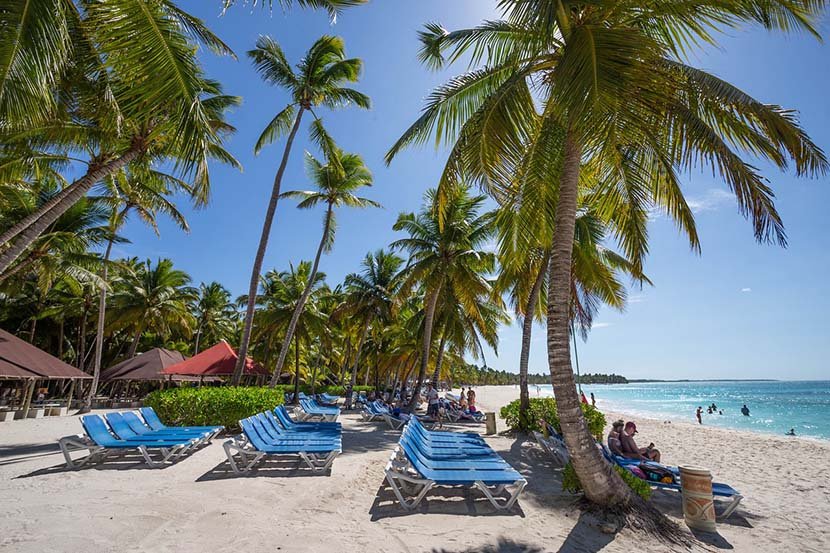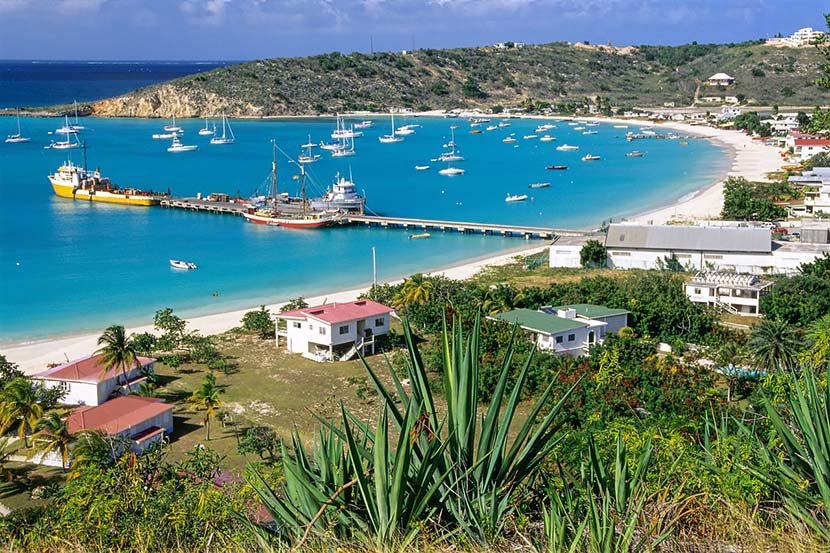Wednesday, June 26, 2024
Reading Time: 3 minutes

Costa Rica is making significant efforts to enhance its tourism industry by implementing a visa-free entry policy for travelers from over 150 countries.
It is popular for its breathtaking landscapes and rich biodiversity.
This strategic move aims to attract more international visitors, thereby boosting the local economy and promoting Costa Rica as a top travel destination.
Visa-Free Entry Policy
Costa Rica’s visa-free entry policy includes several categories of countries, facilitating easier travel for tourists from various regions around the world:
Schengen Area Countries: Citizens from Schengen countries such as Germany, France, Spain, Italy, and the Netherlands can enter Costa Rica without a visa for up to 90 days. This policy aims to attract European tourists, who are known for their significant spending and extended stays.
Latin American Countries: Neighboring countries in Latin America, including Mexico, Colombia, and Argentina, enjoy visa-free access to Costa Rica. This promotes regional tourism and strengthens economic ties within the region.
North American Countries: Travelers from the United States and Canada can also enter Costa Rica without a visa, which is expected to attract a large number of tourists from these countries, known for their high expenditure on travel and tourism.
Other Select Nations: Additionally, countries like Japan, South Korea, Australia, and New Zealand benefit from visa-free entry, making it easier for tourists from these regions to explore Costa Rica’s diverse attractions.
For detailed information on the visa policy, you can visit the U.S. Embassy in Costa Rica’s travel page.
Tourist Arrivals and Economic Impact
The introduction of the visa-free policy has resulted in a significant increase in tourist arrivals.
According to the Costa Rican Tourism Board (ICT), the country welcomed over 3 million tourists in 2023, marking a substantial rise compared to previous years. This surge is primarily attributed to the simplified travel process.
Tourist expenditure in Costa Rica has also seen a considerable boost.
On average, international tourists spend around $1,500 per trip, contributing significantly to the local economy.
This spending supports a wide range of sectors, from hospitality and retail to transportation and entertainment, thereby driving economic growth and job creation.
Hotel Stays and Infrastructure Development
Costa Rica’s hospitality sector is expanding rapidly to cater to the growing number of tourists.
Major cities like San José, Liberia, and popular beach destinations such as Tamarindo and Manuel Antonio have witnessed a boom in hotel construction and renovations.
High-end hotels and boutique accommodations are being developed to meet the diverse preferences of international visitors.
Hotel occupancy rates have reached new heights, with many establishments reporting near-full bookings during peak tourist seasons.
This increased demand has prompted significant investments in infrastructure improvements, ensuring that facilities meet international standards and provide a superior experience for tourists.
Cruise Tourism and Major Cruise Lines
Costa Rica is also capitalizing on its strategic coastal location to boost cruise tourism.
The country’s ports, especially those on the Pacific coast like Puntarenas and Limón on the Caribbean coast, are being upgraded to accommodate larger cruise ships.
Major cruise lines such as Royal Caribbean, Carnival, and Norwegian Cruise Line have included Costa Rica in their itineraries, bringing in thousands of cruise passengers each year.
These cruise tourists contribute to the local economy by spending on shore excursions, dining, and shopping.
The development of cruise infrastructure is expected to further enhance Costa Rica’s appeal as a prime cruise destination in Central America.
Air Travel and Connectivity
Air travel to Costa Rica has become more frequent and accessible, with major airlines increasing their flights to the country’s main airports.
It includes Juan Santamaría International Airport in San José and Daniel Oduber Quirós International Airport in Liberia.
The increase in flight connectivity is crucial for sustaining the growth in tourist arrivals.
International airlines such as American Airlines, Delta, and Avianca have expanded their routes to include direct flights from key hubs, making it easier for tourists from the United States, Europe, and other regions to visit Costa Rica.

Costa Rica’s visa-free entry policy is a significant step in bolstering its tourism industry.
By simplifying travel requirements, the country is attracting a diverse range of visitors, contributing to economic growth and infrastructure development.
As tourist arrivals continue to rise, Costa Rica is poised to become a premier destination in Central America, offering rich cultural experiences, stunning landscapes, and a welcoming environment for travelers from around the world.
Image courtesy: Visit Costa Rica
Tags: American Airlines, avianca airlines, Costa Rica, Costa Rican Tourism Board (ICT), cruise tourism, cultural experience, Daniel Oduber Quirós International Airport, Delta Air, Destination, flights, Juan Santamaría International Airport, Norwegian Cruise Line, royal caribbean, Tourism industry, Travelers





























